TRANSFORMING THE INVISIBLE GHOST
++++
“I don’t get it.”
As a kid raised on the triptych of Saturday Morning Cartoons, Hammer films and horror hosts, this was my response to experimental cinema well into cialis professional my 30s.
I needed a gateway, which came in the shape of Stephanie Gray’s Kristy (USA 2003), an eerie homage to my own childhood hero Kristy McNichol. Its insistent slowness, vertical flipping and the droning vocals of an unrecognizable Toni Basil singing her hit “Oh Mickey” was intended as a kind of love letter to the reclusive actress, but it can’t help but be imbued with that same creepy obsessiveness that made the climax of Olivier Assayas’ Irma Vep (France, 1996) so memorable. Coming out of that screening at the now-defunct Cinematexas festival in 2004, I wouldn’t have been able to give you an authoritative analysis of the film, I could only say that it had made contact – and now I wanted more.
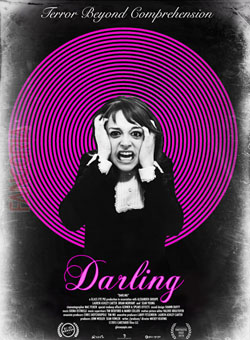 Since that time, the interactions between experimental film professional viagra pro cialis levitra trial pack and horror have been increasingly perceptible to me. As recently as Austin’s Fantastic Fest this past September, director Mickey Keating (Pod) unleashed his new film, Darling, a black and white chamber piece starring indie horror fave Lauren Ashley Carter (Jugface, The Woman) that is clearly channeling Polanski’s Repulsion and The Tenant. But there is another important influence at work: experimental filmmaker Hollis Frampton (1936-1984), an icon of the structuralist movement of the 1960s. “I’ve been a huge fan of Frampton’s for quite a while,” says Keating. “I was first introduced to him by my editor Valerie Krulfeifer and we’ve used his work as a reference point in some way or another for all of our films. There are few artists who can so brilliantly build a sense of rhythm and pattern, only to abruptly and jarringly change them viagra professional scam on the audience. We were hugely inspired by his film Surface Tension and our constantly ringing phone in Darling is a direct homage to that. Frampton’s films are intentionally challenging and upset all sense of traditional cinema. They’re freeing in a way that could never be found in mainstream movies.”
Since that time, the interactions between experimental film professional viagra pro cialis levitra trial pack and horror have been increasingly perceptible to me. As recently as Austin’s Fantastic Fest this past September, director Mickey Keating (Pod) unleashed his new film, Darling, a black and white chamber piece starring indie horror fave Lauren Ashley Carter (Jugface, The Woman) that is clearly channeling Polanski’s Repulsion and The Tenant. But there is another important influence at work: experimental filmmaker Hollis Frampton (1936-1984), an icon of the structuralist movement of the 1960s. “I’ve been a huge fan of Frampton’s for quite a while,” says Keating. “I was first introduced to him by my editor Valerie Krulfeifer and we’ve used his work as a reference point in some way or another for all of our films. There are few artists who can so brilliantly build a sense of rhythm and pattern, only to abruptly and jarringly change them viagra professional scam on the audience. We were hugely inspired by his film Surface Tension and our constantly ringing phone in Darling is a direct homage to that. Frampton’s films are intentionally challenging and upset all sense of traditional cinema. They’re freeing in a way that could never be found in mainstream movies.”
Experimental cinema can be daunting, especially given the mountain of pretentious academia propecia for women hair loss that surrounds it. But horror fans can dig it. Sometimes we just need a hook.
As it turns out, experimental cinema is full of hooks, and horror hooks abound. Of course, horror cinema has its roots in the avant garde – the first page of any book about horror films will feature a blurb on the German Expressionists, likely paired with a still from Robert Wiene’s The Cabinet of Dr. Caligari (1919). But as technology advanced, these experimental tendencies were lost in the mainstream horror world in favor of increased realism. The new horror cinema coming out – whether the salacious Hammer films of the 60s, the shell-shocked horror cinema of the 70s or the consumer-driven eye candy of the 80s – grew farther and farther away from these experimental beginnings, at least in ways that would be immediately obvious to audiences.
As media critic and Light Industry programmer Ed Halter has pointed out (and which I tend to repeat ad nauseum), “the limitations of one generation become the aesthetic of the next,” and indeed a slew of experimental filmmakers have turned to the early silents for inspiration – specifically its horror cinema. The German Expressionists were active in theatre, film and visual arts before and during WWI, and gained international recognition for their exaggerated, angular sets and chiaroscuro lighting. Many of the pioneers of German expressionism fled to the US during Hitler’s rise to power and became key players in the development and aesthetic of the Universal horror films of the 1930s.
While many of the canonical Expressionist films are not in themselves categorized as ‘experimental’ (the term really doesn’t come into regular use until the 1940s) their combined emphasis on Freudian psychology and the gothic tenet of the environment as a reflection of inner turmoil would be an important step in the establishment of Surrealism, through which we get the first self-identifying experimental films.
The centerpiece of Surrealist cinema remains Luis Bunuel and Salvador Dali’s short film Un Chien Andalou (Spain, 1929), and it’s also a key film in understanding the relationship between the avant garde and horror. “As Jack Sargeant and others have noted, films like Un Chien Andalou and L’Age D’or proceeded to inspire the modern horror film through an emphasis on dissociation, decay, and what Julia Kristeva called ‘the abject’,” says Noel Lawrence, filmmaker and curator of Other Cinema’s successful Experiments in Terror DVD collections (more on those later). “In other words, both horror and the early avant-garde had an interest in imagery that was filthy and repulsive on a visceral level. The cow’s eye getting slashed with a razor in Un Chien Andalou still ranks up there with Cronenberg in terms of its general queasiness.”
But even outside of their formal circle, the reach of the Surrealists was formidable. Dimitri Kirsanoff’s Menilmontant (France 1926) features early use of double exposures, starts with a bloody axe murder and employs no intertitles to shepherd the audience through the story of two girls left to fend for themselves after the opening tragedy. Teinosuke Kinugasa’s long-lost A Page of Madness (Japan 1927) was greatly indebted to the work of the Surrealists, Dadaists and Russian masters of montage, while 1928 saw the release of two versions of Edgar Allen Poe’s The Fall of the House of Usher that utilized Freudian free-association and imagery distilled from a dark subconscious. While the feature version by Jean Epstein (France, 1928) is better known, the short version of The Fall of the House of Usher by James Sibley Watson and Melville Webber (USA 1928) is especially manic; the screen rips apart, breaks away and replicates, while the imagery includes overlapping and expanding staircases shot through prisms, a roving, gloved hand, floating coffins and onscreen text that spells out various levels of destruction. Charles Klein’s The Tell Tale Heart (also 1928) tapped into the image bank of the Surrealists and the Expressionists, complete with the characteristic crooked rooftops of the latter, and also prefiguring the films of Len Lye, Harry Smith and Norman McLaren by scratching directly on film.
But it was the 1940s and 50s that would see the dawn of what we now know as experimental film, and was the golden age of what P. Adams Sitney (in his book Visionary Film, 1974) referred to as the “trance film” – featuring an “erotic quest” by someone dreaming, or “in a mad or visionary state.” Of the many films of this period that play out an internal conflict through a combination of surrealism and horror, Maya Deren’s Meshes of the Afternoon (USA, 1943) and Hans Richter’s Dreams That Money Can Buy (USA 1947) stand out as primary examples.
Simultaneously with Expressionism was the rise of Dada in Switzerland; like the Expressionists, Dadaists had radical left political leanings, but prized nonsense and aggressive spectacle designed to offend traditional artistic sensibilities. Dadaist Hans Richter emigrated for Switzerland to the US in 1940, taking up a film teaching gig at New York’s City College. It was during this time that he made Dreams that Money Can Buy, a proto-anthology film about a man who runs a dream-selling business out of his run-down apartment, with each successive dream sequence created by a prominent avant garde artist of the time, including Max Ernst, Man Ray, Marcel Duchamp and others. The first guest-segment by Max Ernst, called “Desire” is the most exemplary in terms of its use of lush horror imagery. Based on his 1934 collage novel “A Week of Kindness,” Ernst’s segment features a sleeping woman on a luxurious four-poster bed who is being manipulated by mysterious hands that may belong to her dead lovers under the bed. Not surprisingly, David Lynch has referred to Dreams That Money Can Buy as one of his favourite films.
In Deren’s 14-minute film school staple Meshes of the Afternoon – co-directed with her then-husband Alexander Hammid – it is Deren herself who is the dreamer, pursuing a cloaked figure with a mirrored face, a pursuit that repeats and creates doubles of herself that become increasingly hostile and ultimately fatally dangerous. Filmed in black and white with pronounced shadows, the film has been likened to a manifesto of feminist anxieties.
But Deren wasn’t just interested in the aesthetics of strangeness; she walked the walk, became a voodoo priestess, and her cohorts and proteges over the next decades would become some of experimental cinema’s most unique voices while travelling in legitimate occult circles and simultaneously rubbing shoulders with more commercial horror and exploitation filmmakers.
Of course one of her most influential colleagues was former child actor, Hollywood Babylon author and experimental film deity Kenneth Anger, whose Inauguration of the Pleasure Dome (1954) is a stunning virtuosic achievement that meshes Crowleyan magick with Old Hollywood, full of exotic, layered textiles, antiquated jewelry and imposing vintage decorative fixtures that complement the film’s pansexual obsessions. The film also directly nods to the influence of German expressionism with the appearance of Curtis Harrington as Cesare, the somnambulist.
Harrington is an interesting player in this scene: while he began his career making experimental films and working closely with people like Deren, Anger and Gregory Markopoulos, he seamlessly crossed over to mainstream pictures and television, becoming of the most prolific directors of made-for TV movies – and even episodes of Charlie’s Angels. And though it all, he had a focus on horror and dark fantasy, as seen in early shorts like On the Edge (1949) and his portrait of the art and aura of Crowley acolyte Marjorie Cameron, Wormwood Star (1955). Cameron had played The Scarlet Woman in Inauguration of the Pleasure Dome and would later appear as a sea witch in Harrington’s first crossover commercial B-picture, Night Tide (1961). It’s also important to note that Harrington was one of the many gay experimental filmmakers drawn to the dark side, even though when I met him on a panel in 2002 he was still uncomfortable publicly talking about it.
Also exploring the fascinating intersection between horror and the gay experience was East Coast filmmaker Lloyd Michael Williams, a key experimentalist of the New American Cinema and a co-founder of the Film-Makers’ Cooperative with Jonas Mekas. His 1961 film Ursula is written by Twilight Zone regular Charles Beaumont, based on the latter’s autobiographical 1957 story Miss Gentibelle, which outlines how, as a child, Beaumont’s mother would dress him in girls’ clothes and kill his pets to punish him. While Williams’ work often features dreamlike excursions, Ursula is a dark fairytale about a child driven mad by abuse, and is his closest to a traditional horror film.
But just as new trends have emerged and evolved within horror cinema, different facets of horror are explored as experimental cinema itself undergoes changes. By the early 60s, performance was firmly established as a confrontational art form that placed audiences in the middle of shocking, often violent actions. And with many of these happenings documented on film, it became a gateway for horror fans to investigate the realm of performance art. For me this crossover came in the form of the Vienna Actionists, who would conduct bloody, gory, sexually transgressive performances caked in viscera and bodily fluids, and whose resident filmmaker Kurt Kren would not only document the actions but make stand-alone experimental films that have an energy and urgency all their own. Their colleague Valie Export made her own feminist actionist films that are less frantic but no less powerful: …Remote…Remote… (1973) centers on Export, seated and cutting away her fingertips as though peeling a vegetable, and then dipping her bloody fingers in a bowl of milk. The performances of the Vienna Actionists – Otto Muhl, Hermann Nitsch, Gunter Brus and Rudolf Schwarzkogler – would come to be regular offerings in horror bootleg video catalogues throughout the 80s and 90s.
Even as they formally diverged, horror and experimental cinema are often coming from the same place and expressing anxiety over the same issues. In the same way that Vietnam affected the commercial horror film, giving us a decade of genre cinema fueled by realism and protest, and second-wave feminism prompted a slew of films in which women violently rejected manipulative marriage and monstrous children, the experimental film also became more confrontational – films like Yoko Ono’s Rape (USA 1969) are not that far off from Wes Craven’s Last House on the Left (USA 1972) or Bob Clark’s Black Christmas (Canada 1974).
As the gender debate became heated in the 70s, artists like Jane Arden and Frans Zwartjes made shocking feature-length films that straddled the line between radical feminism and exploitation. Both Arden’s The Other Side of the Underneath (UK 1972) and Zwartjes’ Pentimento (Netherlands, 1979) take place in imposing but dilapidated structures out in the middle of nowhere, and involve tests and games that will see female subjects become wholly unraveled. However while Arden’s activism was well known, Zwartjes’ film was less easily embraced by feminists, and in fact prompted violent protests where angry feminists went so far as destroying theatre equipment to stop the film from being shown. In Arden’s film a group of unhinged, bare-footed women sit through histrionic therapy sessions and are swept away by psychotic episodes that involve attacking eachother, masturbating and vomiting in churches and even holding a crucifixion. Women are given less agency in Zwartjes’ film, where they are kidnapped and tortured as part of an experiment by a disturbed Asian scientist who was himself a victim of torture during WWII – it is suggested that this is a reference to Japan’s notorious Unit 731, also the subject of TF Mous’ notorious category III film Men Behind the Sun (Hong Kong, 1988).
Likewise, as horror fandom underwent its obsession with Faces of Death-style Mondo films in the late 70s, experimental filmmaker Stan Brakhage had already beat them to the punch with his autopsy film The Act of Seeing with One’s Own Eyes (USA 1971) – although Brakhage’s film was never intended as pure shock value and the shaky camera belies his own discomfort with what he is filming. “My children have always wanted to see this film, above everything else of my making, and see it over and over,” recalled Brakhage in an interview with Scott MacDonald in A Critical Cinema 4. “Children are always trying to figure out how bad things can get, and they love gruesome tales. And there is a fairy-tale quality to that film in a way.” Numerous films may have followed in its wake – Thierry Zeno’s Of the Dead (1979) and Robert-Adrian Pejo’s The Road to Eden (1995) among them, but Brakhage was the first to get up close and personal with the stark face of death. In fact he gets so close that the blood and viscera become completely abstract; bodies splayed open from cuts like ripping seams, meat and fat jiggling and oozing into puddles. “To me one thing that saves the film is this little tiny bit of reflected sky that’s caught in a little puddle of liquid in the armpit of a corpse,” Brakhage offered, “a little blue ephemeral thing that can stand for all of Spirit, which otherwise would be missing.” Hollis Frampton himself wrote enthusiastically about the film: “It is a room full of appalling particular intimacies, the last ditch of individuation. Here our vague nightmare of mortality acquires the name and faces of others.”
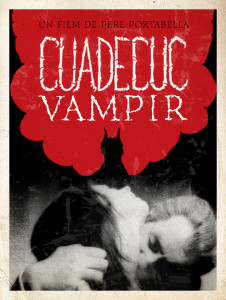 Commercial horror and avant garde cinema became co-conspirators in oppressive Franco-era Spain (1939-1975), where independent cinema was illegal and the very title of Pere Portabella’s Cuadecuc, Vampir (1971) was an act of defiance against a totalitarian government that outlawed the Catalan language. Ostensibly a documentary about the making of Jess Franco’s commercial vampire film Count Dracula (Spain, 1971) starring genre titan Christopher Lee and Franco regulars Jack Taylor, Soledad Miranda and Maria Rohm, Portabella instead made what he called “an intervention,” an atmospheric, beautifully blown-out black and white film without any sync sound that makes one ghostly narrative out of the on- and offscreen action. “I prefer this version over the Franco one,” said actor Jack Taylor in an email, “but possibly for the general public it is a bit difficult to understand.”
Commercial horror and avant garde cinema became co-conspirators in oppressive Franco-era Spain (1939-1975), where independent cinema was illegal and the very title of Pere Portabella’s Cuadecuc, Vampir (1971) was an act of defiance against a totalitarian government that outlawed the Catalan language. Ostensibly a documentary about the making of Jess Franco’s commercial vampire film Count Dracula (Spain, 1971) starring genre titan Christopher Lee and Franco regulars Jack Taylor, Soledad Miranda and Maria Rohm, Portabella instead made what he called “an intervention,” an atmospheric, beautifully blown-out black and white film without any sync sound that makes one ghostly narrative out of the on- and offscreen action. “I prefer this version over the Franco one,” said actor Jack Taylor in an email, “but possibly for the general public it is a bit difficult to understand.”
Camp made a big time return to underground cinema in the mid-70s with Curt McDowell’s Thundercrack! (USA 1975) co-written by and co-starring George Kuchar (Synapse films has recently announced a long-awaited blu ray edition). It was coincidentally a hedonistic Old Dark House film made the same year as The Rocky Horror Picture Show, and just as convoluted and hilarious (highlights include Marion Eaton’s amazing crooked eyebrows and Kuchar’s sex scene with a gorilla). Made in a climate of porno chic and unapologetic in its numerous triple-X sex scenes, the film combines the kitsch of Jack Smith’s Flaming Creatures (USA 1963) and Steven Arnold’s Luminous Procuress (USA 1971) with the Old Dark House setup popular in the 1920s and 30s and later revived for Scooby Doo, Where Are You? (1969).
Two years later, director Donald Cammell (who had appeared as ‘Osiris’ in Kenneth Anger’s Lucifer Rising in 1972) would make the sci-fi horror film Demon Seed (USA 1977) in which Julie Christie’s character is impregnated by an artificially intelligent computer run amok. Aside from Cammell’s interactions with the Anger contingent, the film had another important connection to experimental cinema: the ‘face’ of the computer was actually Jordan Belson’s mesmerizing 1961 abstract film Allures. (See Rodney Perkins’ article about Belson on Spectacular Optical HERE)
It goes without saying that David Lynch’s Eraserhead (USA 1977) was a game-changer, drawing on the surreal horror of his early short films THE ALPHABET (1968) and THE GRANDMOTHER (1970) and catapulting him to iconic status almost overnight and helping to usher in a new era of surrealism as an acceptable component of studio pictures. By the time the 80s rolled around, films that examined the psyches of their protagonists from within were not as unusual, and in his book The Avant-Garde Feature Film: A critical History, author William B. Verrone even goes so far as to say that it had been “co-opted by mainstream cinema.” Indeed, directors like Lynch and Cronenberg had made the transition to commercial features rather painlessly, and to a certain extent normalized hallucinatory sequences so that the cult films of the 80s were assimilated into the mainstream with less resistance than their ‘60s and ‘70s counterparts, from Richard Elfman’s Forbidden Zone (USA 1980) and Slava Tsukerman’s Liquid Sky (1982) and to Shinya Tsukamoto’s Tetsuo the Iron Man (Japan 1989) and E. Elias Merhige’s Begotten (USA 1990). It’s interesting that, like Eraserhead, Forbidden Zone, Tetsuo and Begotten are all filmed in black and white – shorthand for acknowledging the influence of early cinema.
Canada’s Guy Maddin, who first became a cause celebre with his morbidly funny 1988 feature Tales From the Gimli Hospital has cited the innovations of silent cinema as the key influence on his own work, especially early horror. “Horror film has had the same influence on me as fairy and folk tales, and bedtime stories – even urban myths,” Maddin says. “Something true about us is externalized, in true Expressionist fashion – then literalized. And a script is written on the extrapolation of this literalization. Widespread amnesia in my movie Archangel, our virulently Canadian fear of stepping in Careful, the feeling that one has no control over his fate and lives life with the hands of another in Cowards Bend the Knee (which is an adaptation of The Hands of Orlac mashed up with Euripides’s Elektra). I’ve approached every one of my movies as if it were a horror film, even if it isn’t.” Maddin has resisted crossover into the mainstream, despite being beloved as the everyman’s experimental filmmaker. But of course he hails from Winnipeg, an odd place where willfully obscure abstract art sits comfortably alongside homemade bargain bin furniture store commercials in the cultural subconscious.
After a decade where the lines between avant garde and horror cinema were blurred by the emergence of “accessible” arthouse directors like Lynch, Cronenberg and Maddin, the ‘90s saw a rise in more challenging experimental found footage films that directly mined popular horror for its source material. The most significant of these is undoubtedly Peter Tscherkassky’s Outer Space (Austria, 1999), which I first encountered on the Experiments in Terror DVD curated by filmmaker Noel Lawrence. “Tscherkassky was already well-known at festivals that programmed avant-garde cinema,” says Lawrence, “however, we did get his work to a wider audience. Avant-garde cinema is not for everyone but it’s hard to find someone who is not blown away by that film, especially when projected in a dark room in 35mm Cinemascope.” Using footage from Sidney J. Furie’s controversial film The Entity (1981) in which Barbara Hershey re-enacts the true story of a woman repeatedly raped by a ghost, Tscherkassky himself becomes her attacker, using a combination of optical printing and selective exposure using a laser light pen to distort and degrade the film around her as her fear intensifies.
It was Austrian filmmaker Martin Arnold who first turned Tscherkassky on to The Entity, as Arnold was himself researching horror cinema as a starting point for his own experiments. His 60-minute loop Deanimated (Austria 2002) – in which he takes the 1941 Bela Lugosi film The Invisible Ghost and optically erases all its actors one by one so that only the empty rooms remain – counts Guy Maddin among its biggest fans. “Unbelievably shocking how powerfully transformed, scary and avant garde gorgeous this work is,” Maddin says, citing it as his favourite horror/experimental hybrid. The disquietude created by the absence of the characters from an active environment – fires and candles lit, the camera roving to follow something that isn’t there – is eerily apocalyptic. Below is a sample of the footage (with music by TWINSANITY overtop):
Both Outer Space and Deanimated emphasize the familiar environments of horror cinema, moving through rooms in an all-too-quiet house where something horrible is going to happen. Ben Rivers’ Terror! (UK 2007) joins their ranks with an incredible piece of editing that uses footage from a slew of beloved horror films – everything from Friday the 13th to The Bird with the Crystal Plumage – beginning with exterior establishing shots and moving inside to intriguing empty rooms before cycling through the various tropes that have been stamped upon the genre – the mysterious phone call, the line being cut, the lights going out, the chase, the car refusing to start – all building up to the inevitable piercing scream and blood-spattered climax. It’s quite effective as a study in what compels us to watch these films again and again despite similar trajectories and motifs.
Those creating new works out of old horror films in recent years are too numerous to mention (Norbert Pfaffenbichler’s A Messenger From the Shadows and A Masque of Madness, both made in 2013, work with the films of Lon Chaney and Boris Karloff, respectively), but two significant films kicked off this decade: Fabio Schiaccholi and Vincenzo Core’s Miss Candace Hilligoss’s Flickering Halo (Italy 2011) takes as its starting point Herk Harvey’s elegiac Carnival of Souls (1962), itself firmly entrenched in the avant garde tradition despite its director’s lifelong gig as a maker of industrial films for the Centron Corporation. The film beautifully stutters and creaks, flickering at such a rapid pace that its images threaten the subliminal. In Dalibor Baric’s animated Horror of Dracula (Croatia 2010) the romantic vampire mythology of Hammer’s first Dracula film is layered with cut-up images of consumerist dissociation, the smiles of department store models betraying the lonely future of the Count and his sickly victims. In an interview with filmmaker Clint Enns, Baric said “I like to think of my films as ectoplasmic manifestations of our inner worlds,” and thus we end where we began: back in the dream world.
It’s only now, in the era of so-called “elevated genre” pictures (a stratifying term detested by many in the horror scene) that we are seeing the true hybridization of these two genres again, with films that combine the dream-logic of the surrealists, the whimsy of beat cinema, the defiance of underground DIY, the character emphasis of Cassavetes, 70s mavericks and mumblecore and the accessibility of mainstream studio horror. From Fantasia to Fantastic Fest to Sitges and beyond, the genre festival calendar over the past few years has been alive with challenging films like Toad Road (2012), Simon Killer (2012), Thanatomorphose (2012), Under the Skin (2013), Horsehead (2014), Felt (2014), Sun Choke (2015) and so many others. The Fantasia Festival’s Camera Lucida section, headed up by Simon Laperriere, even caters specifically to this hybrid cinema, and it says something that TIFF gave its Midnight Madness programmer Colin Geddes the reigns over their more “arthouse” Vanguard section. The openness to collaboration that characterizes the horror and avant garde worlds in recent years is a move toward the kind of cinephilia we should all be celebrating – one that knows no boundaries, no rules, and only limitless nightmarish possibilities.
++++
Special thanks to Clint Enns, Guy Maddin, Noel Lawrence, Jack Taylor, Mickey Keating, Kaila Sarah Hier and Frank Fingers for ideas, connections and comments.

 November 5, 2015
November 5, 2015 
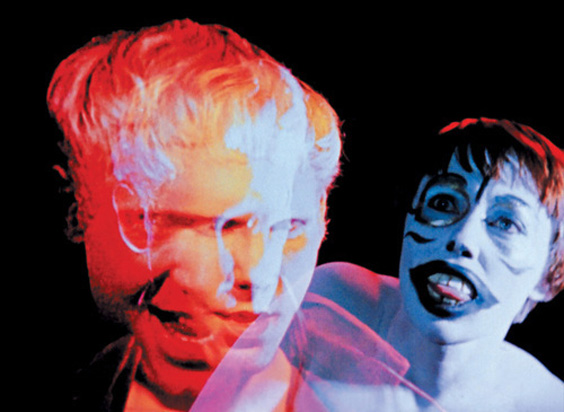
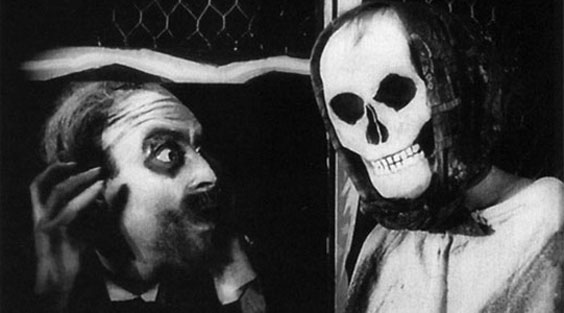
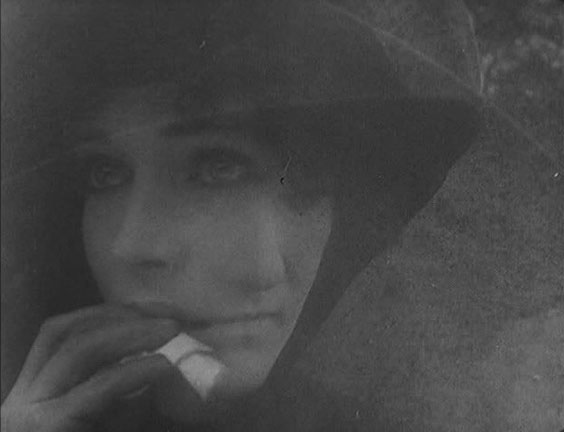
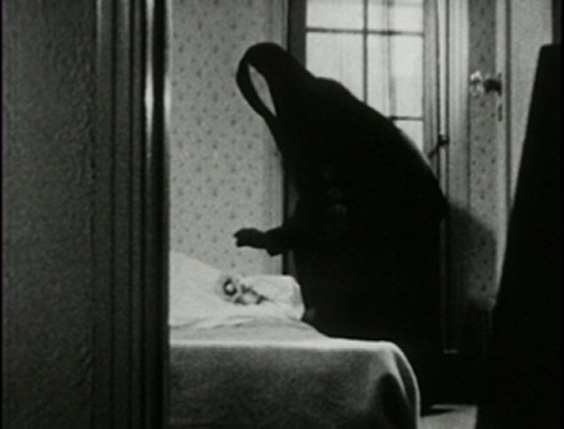
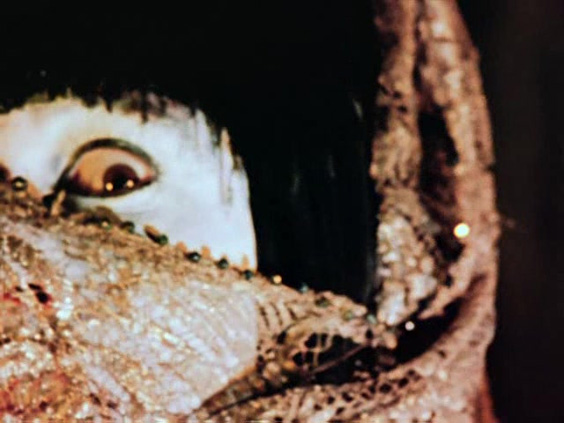
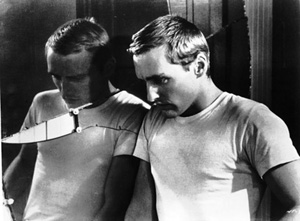
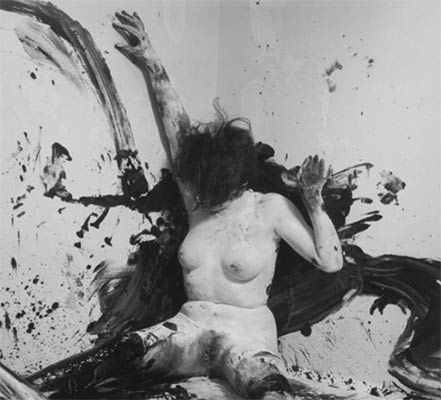
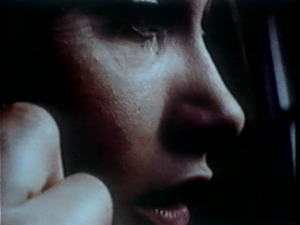
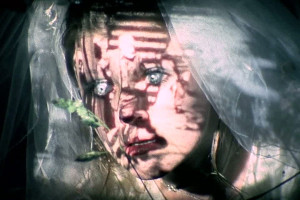
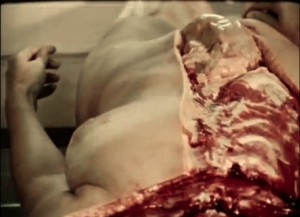
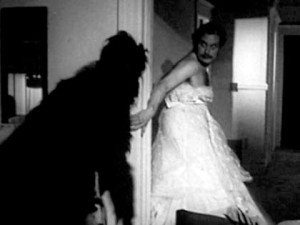
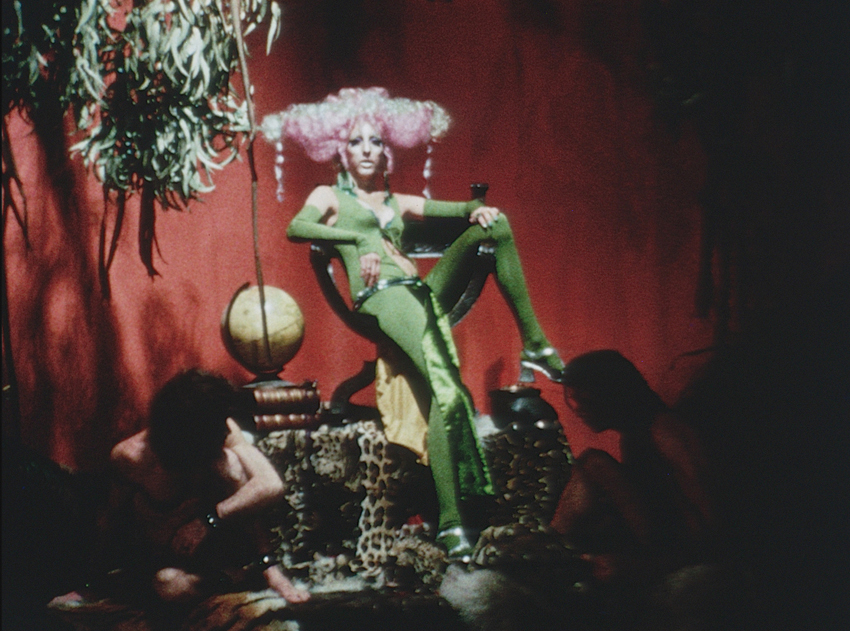
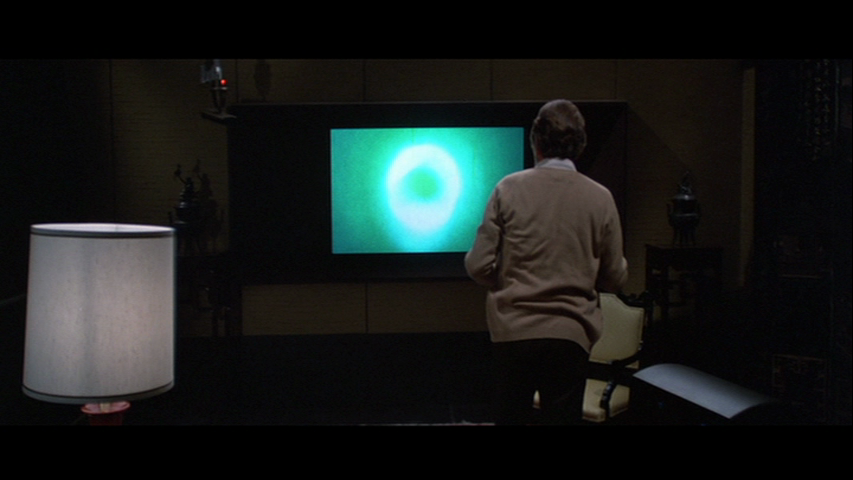
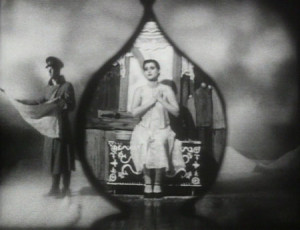
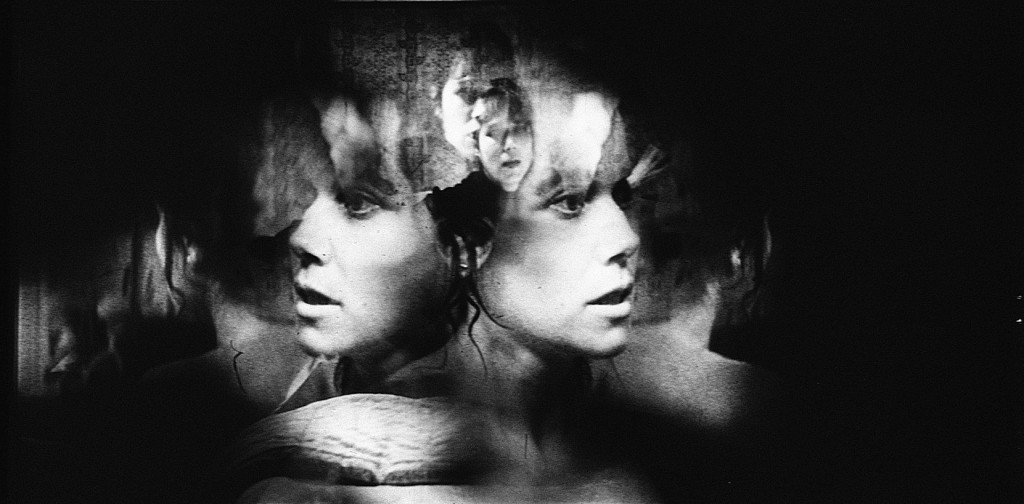
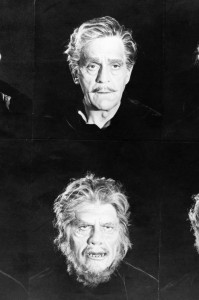

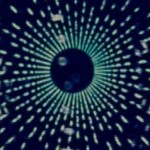
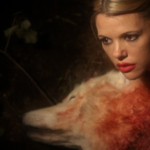
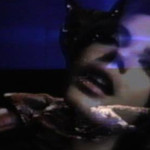



Comments